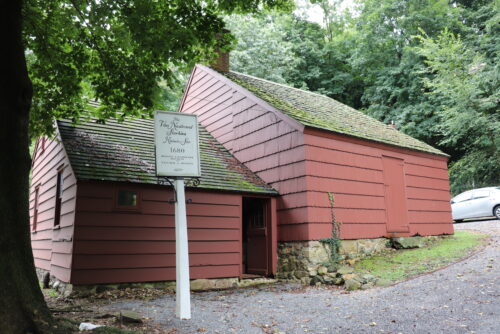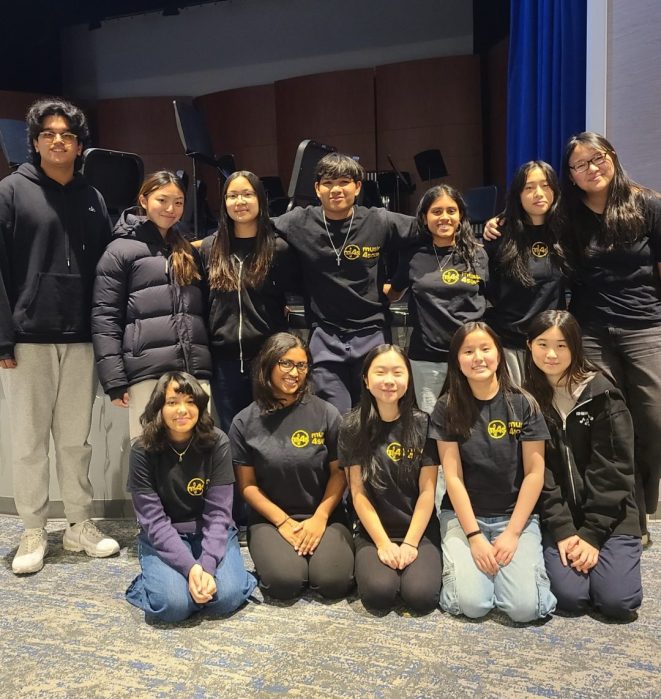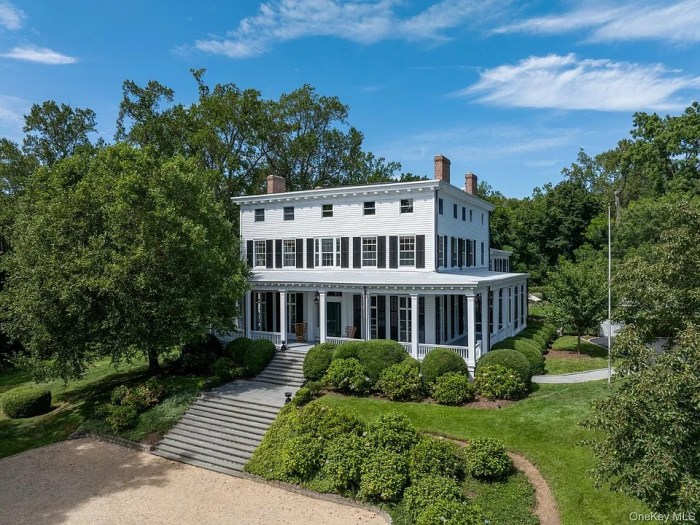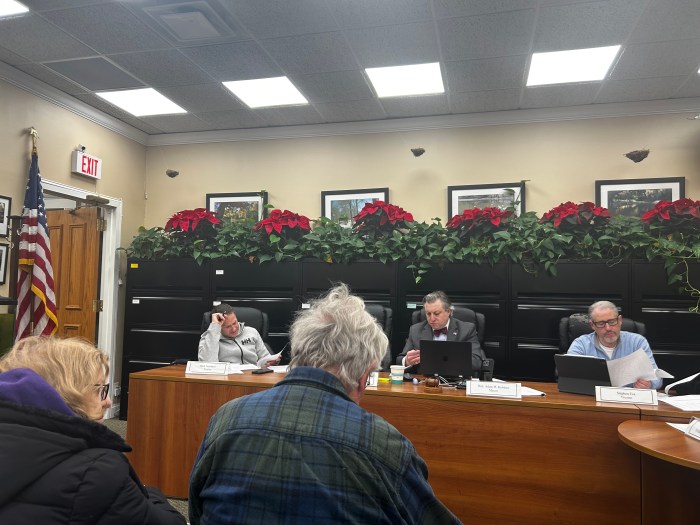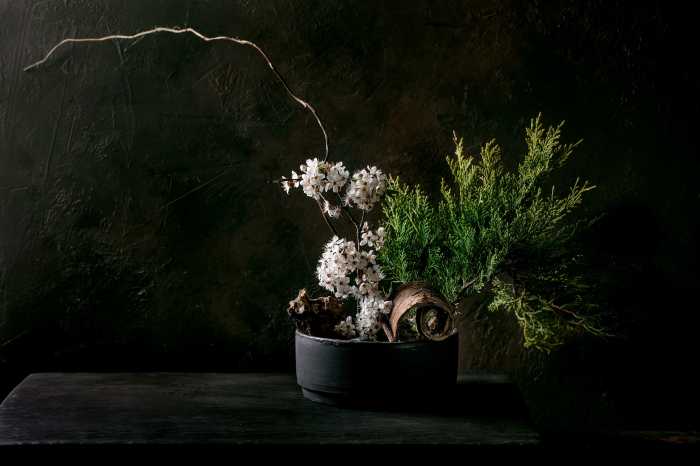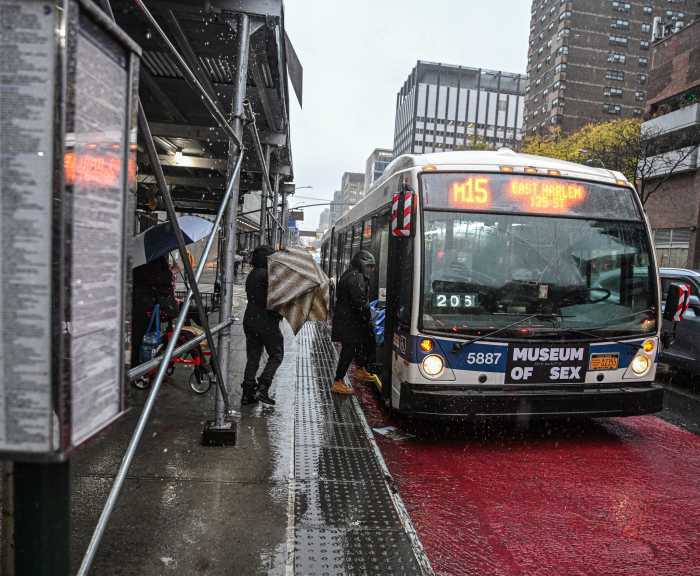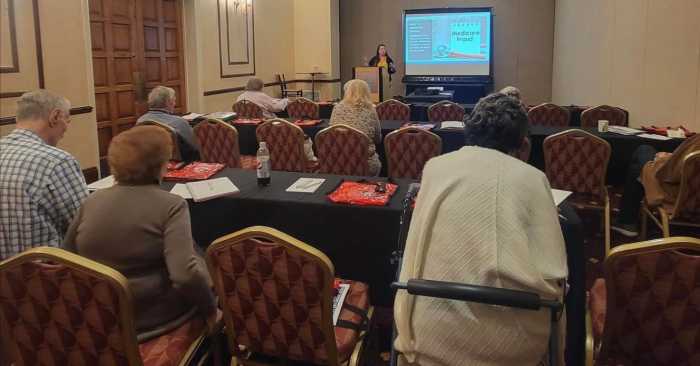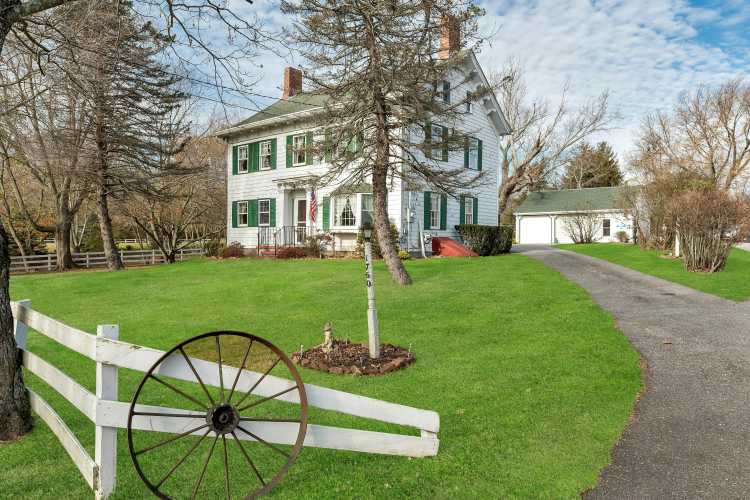BY Erica Schwartz
Thick cobwebs linger between two structural beams. Dust and dead bugs linger on the linens of a small rope bed.
This is the current state of what was once the children’s room in the Van Nostrand-Starkins house, the oldest surviving house in Nassau County. Jamie Karbowiak, executive director of Roslyn Landmark Society, swats away at some of the cobwebs that have gathered.
“It was cleaned at the beginning of the season, but we have very little visitation,” Karbowiak said
But the landmark society, which has maintained the house since the 1970s, sees a brighter as it focuses on raising funds and creates awareness about the home in the community.
Wolff said this includes hosting cocktail receptions, family-friendly events, and working on grants to support restoration. The landmark society was recently awarded a grant that will allow it to work with a historical architectural firm on the house.
Located at 221 Main Street in Roslyn, the house remains open to the public for tours or self-guided walkthroughs every weekday. However, few people have taken advantage of this opportunity recently.
The stairs to reach this part of the house are steep. Jennifer Lister, project director of Roslyn Landmark Society, said she rarely takes tours up here for safety reasons. Lister has worked with the organization for over 10 years. She said she hadn’t given a group tour in a year to a half. When she does, she says it’s often for book clubs or people who grew up in Roslyn.
Built in 1680, the Van Nostrand-Starkins house is the oldest standing house in Nassau County and the fourth-oldest surviving house on Long Island, according to research conducted by Susan Gill Orange, a former docent and researcher with Roslyn Landmark Society.
First owned by William Van Norstrand, a local blacksmith, the Dutch-style house is believed to have remained in the same spot since it was built, according to Lister. Richard Kirby, a businessman and owner of a dry goods company, purchased the home in the 19th century, adding on the Victorian-style front and side portions of the house where visitors enter the home today.
Roslyn Landmark Society restored the house in the 1970s, turning it into a historic museum in 1977. Today, each room of the house is staged with period-accurate furnishings—some from the original house, like a wooden baby crib—for visitors to walk through and get an understanding of the house’s history and what daily life might have looked like for its inhabitants.
Roslyn Landmark Society has owned the house, which has undergone repair work over the years, mostly to maintain its structural integrity.
A sign hangs on the wall of the very top room of the A-frame house, which currently serves as a storage site for construction materials for other restoration projects. The sign is a key for understanding the rainbow of plastic ovals tagged on each beam, denoting which century each wood beam is from. Red-tagged beams—remnants of the original 1680 structure—are the most jagged, Karbowiak said.
Visitors, although an occasional sight according to Lister and Karbowiak, proceed into a section added to the house in the 18th century. Visitors can peer into three glass-enclosed cases of archaeological finds around Roslyn, ranging from shoe forms to blue and white china plates.
Karbowiak said the organization hopes to one day swap out the printed placards next to each artifact with digital screens that explain each object in more detail.
“We want to make it so that people can actually explore and spend some time, rather than try to see it through cases in the dark,” she said.
She said she hopes these technological additions will make the space more “exciting” and “informative” by helping to explain the history of the house more thoroughly and entertaining children.
“Rather than stale, we want to make it a little more dynamic,” she said. “There’s a lot of fantastic stuff in here, and a lot of people don’t realize it’s here.”
After inspecting the cases of archaeological findings, visitors head back in time to the original portion of the house. A large rope bed sits in one corner, opposite the large fireplace that occupies that cuts into the off-white wall. Lister said the iron-footed wooden dresser placed against the room’s far wall once was shown in the Metropolitan Museum of Art. To exit the house, patrons pass through what is believed to have been a kitchen preparation and storage space.
Recently, the Roslyn Landmark Society was awarded a $1,700 grant from Preserve New York to conduct a condition report on the state of the house. Karbowiak says the condition report will specifically evaluate the outside of the house, where the siding is splintering and outdoor steps are deteriorating. John M. Collins, historic architect and founder of John M. Collins Historic Building Design, will conduct the building condition report, according to Landmark Society’s website.
Karbowiak said additional repairs will be conducted in September on parts of the house that the Landmark Society has already deemed necessary. As part of the external restoration process, Karbowiak said the organization plans to add an ADA-compliant wheelchair ramp to accommodate people with limited mobility. She said the repairs are the first step in a tri-phasic plan to reinvent the site.
“Once we can get the major repairs done, we are going to try to reinterpret it, redo all the exhibits, incorporate the digital aspects—especially for younger kids,” she said.
Lister said she hopes the renovations will help drive general traffic to the site. She also hopes to work specifically with local schools and senior centers to facilitate group trips.
“If we could do a school trip, that would be great,” she said. “My daughter does them in Huntington all the time.”
Roslyn Landmark Society doesn’t have a planned date for when they hope to welcome visitors to the reinvigorated site as it “all depends on funding,” Karbowiak said. She said the organization receives some funding from private donors and membership dues, but grants drive its ability to do larger work.
“We’re always hoping that people will take an interest in the projects and be private donors,” she said. “But, the big work, the capital projects, a lot of that is grants.”
This Preserve New York grant is one of the four granted to various Long Island historical sites on Aug. 1, according to the Long Island Business News. The other grants were given to Old Westbury Gardens for a condition report of the pool-side grotto and East Hampton Historical Farm Museum, one for a condition report of the Mulford Farmhouse and another for a cultural resources survey.
Since the program’s inception in 1993, Preserve New York grants have funded 550 projects across New York State’s 62 counties. Over $3.9 million has been granted to nonprofit organizations and municipalities across the state to support preservation projects by funding building condition reports, cultural landscape reports, and cultural resource surveys.
In addition to the restoration work on the Van Nostrand-Starkins house, the Roslyn Landmark Society continues to work on the Roslyn Grist Mill restoration project in conjunction with Nassau County. Karbowiak said the organization is hoping to develop a digital application that will allow patrons to take self-guided walking tours around the village of Roslyn.
While Lister said the organization will not actively advertise the house until it is revamped, she and Karbowiak said that organic publicity, such as patrons talking about it or passing by the house, can help generate interest and inspire people to become private donors.
“That’s what places like this need, for people to be interested, to know it’s here, to be interested that it’s here, and want to see it revitalized,” she said.
This story replaces an earlier version that incorrectly stated the landmark society was struggling with maintenance of the house.




